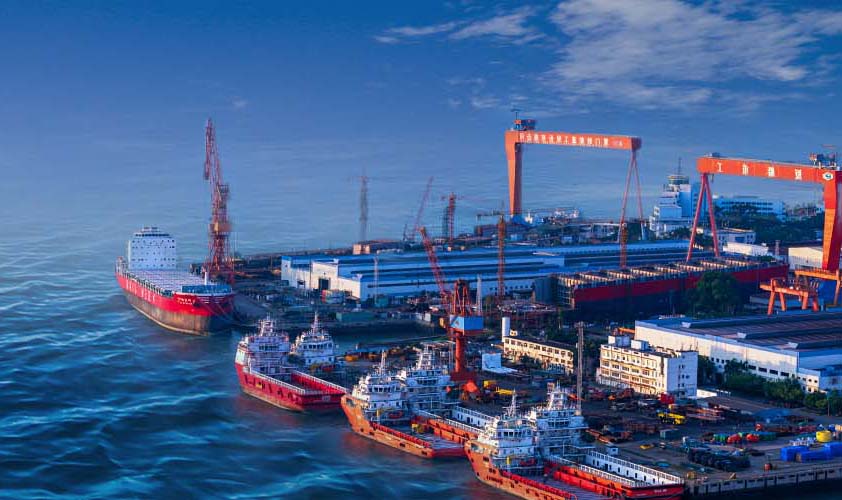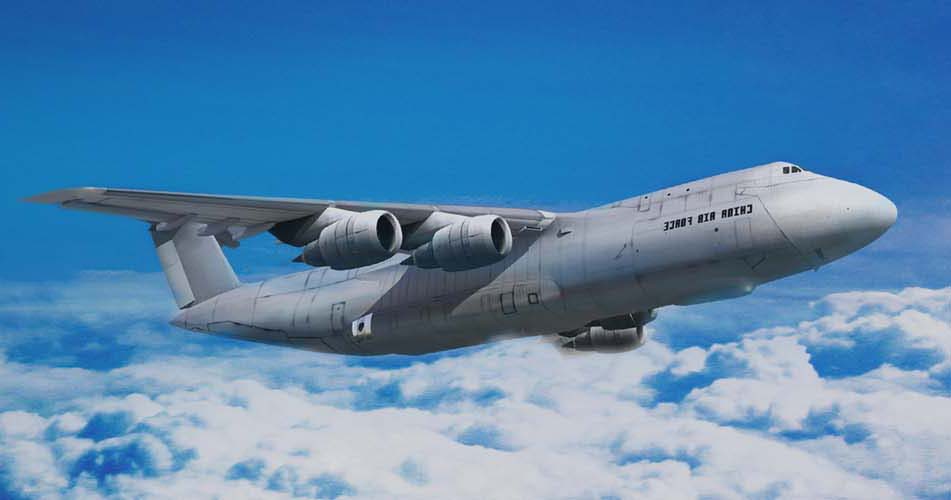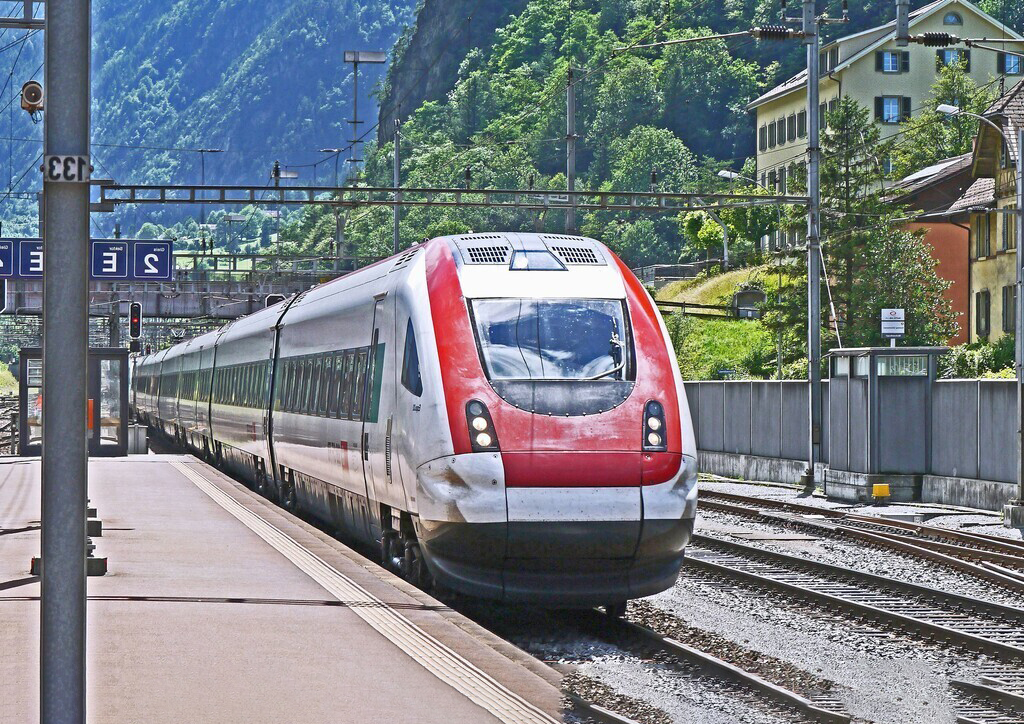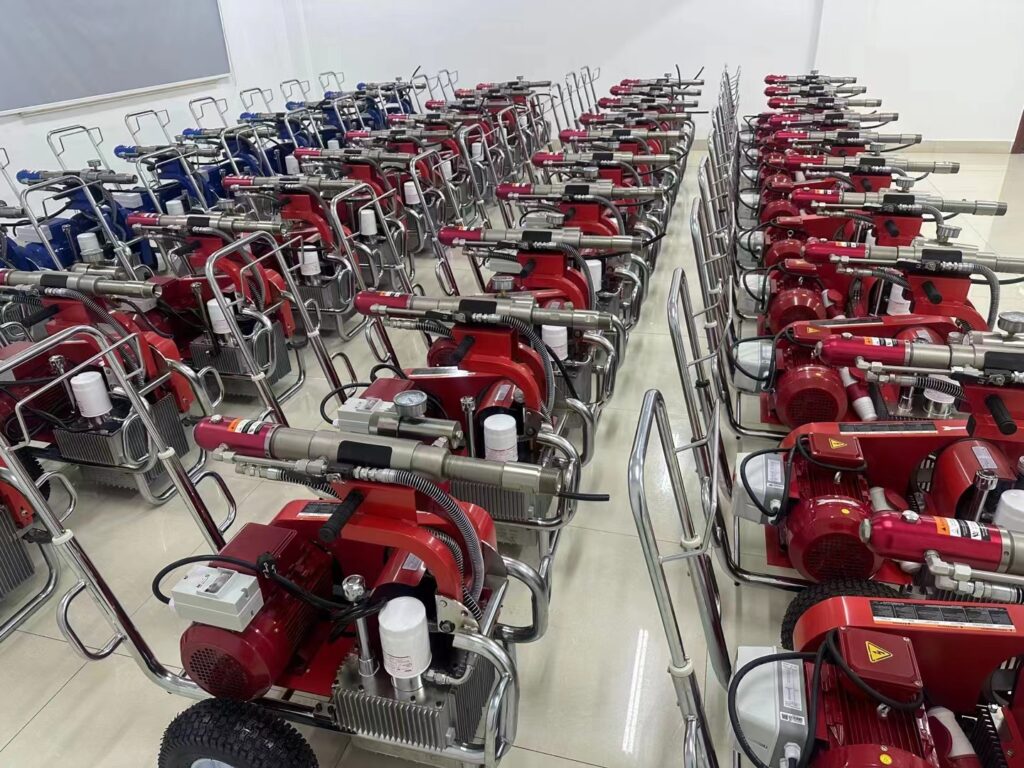Transportation modes

International trade transportation is a crucial component of global trade, involving different modes of transport, each with its characteristics and applications. Here are the detailed aspects of international trade transportation methods:
1. Sea Freight
Most Commonly Used: Suitable for large volumes of cargo, especially heavy or bulky items.
Cost-Effective: Generally lower in cost compared to other modes, ideal for non-urgent goods.
Flexibility: Offers a variety of container options, like standard containers, bulk cargo, refrigerated goods, etc.
Longer Transit Time: Due to longer distances, transit times are usually extended.

2. Air Freight
Fast: Ideal for urgent goods, like time-sensitive products.
Higher Cost: More expensive compared to sea freight.
High Safety: Lower risk of loss and damage to goods.
Volume and Weight Restrictions: Certain limitations on the size and weight of goods.

3. Road Transport
Flexibility and Convenience: Suitable for short distances or land-based transport, especially in landlocked countries.
Door-to-Door Service: Direct transport from the place of dispatch to the destination.
Cost and Speed: Vary depending on distance and geographical conditions.

4. Rail Transport
Ideal for Long-Distance: Especially applicable for intercontinental cargo transport.
Cost and Efficiency: Can be more efficient and economical than road transport in some cases.
Large Capacity: Suitable for transporting large quantities of goods.
Geographical Limitations: Dependent on the rail network coverage.

5. Factors to Consider When Choosing a Transport Mode
Nature of Goods: Perishability, fragility, volume, weight, etc.
Cost Budget: Selection based on financial capability.
Destination: Distance, geographical location, accessibility, etc.
Time Requirements: Based on customer delivery time expectations.
Safety and Reliability: Especially for high-value or fragile items.

In conclusion, selecting the most suitable mode of transportation depends on various factors including the nature of the goods, cost, destination, time requirements, and safety. Understanding the characteristics of each transport mode helps make the best decisions in international trade activities.
